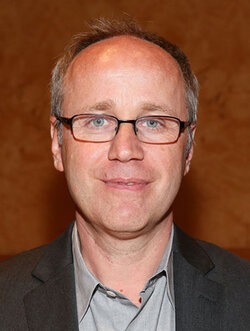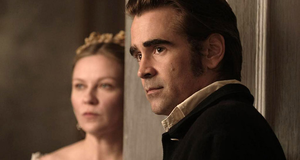Interview with Cinematographer Philippe Le Sourd, AFC, about his work on Sofia Coppola’s “The Beguiled”
"Moonlight in Louisiana"In the middle of the American Civil War, in the Deep South, the students of a boarding school for young girls take in a wounded enemy soldier. As they provide him shelter and tend his wounds, the atmosphere becomes charged with sexual tension and dangerous rivalries erupt. Then, unexpected events suddenly abolish all the rules and the taboos.
How did you end up working on this project ?
P.LS : I met Sofia Coppola thanks to Harris Savides about a dozen years ago when I first started working in the States. Back then, he was really a great help to me. He introduced me to his contacts and always gave me excellent advice. We even became friends, and I remember sending him a photo of the two of us during one of his stays in Paris.
In 2012, while he was very ill and was losing his memory, Sofia Coppola visited him and asked him to recommend a cinematographer for an advertisement she was working on. As luck would have it, he showed her the print I had sent him and even though he couldn’t remember my name anymore, he pointed to the photo and told her about the Frenchman whose work he liked. That’s how I came to work with her for the first time and since then, we’ve continued to work together on advertisements and on the filming of the opera La Traviata that Sofia directed in Rome in 2016.
How would you define this film ?
P.LS : Above all, it’s a film about women. We already know how the Civil War ends and this group of women lives isolated in this mansion in the American South. Outside, the conditions are horrible and you can feel the hardships and the fight for survival. The goal was to make a well-documented and realistic film that begins like a fairy-tale and ends almost like a horror movie.
Unlike Don Siegel’s 1971 film adaptation of the same novel, Sofia tried to preserve the introspection of each female character, which is a salient feature of the novel’s structure. Her film tells the story much more from the women’s point of view, instead of from the point of view of the man who unexpectedly appears in their midst. At the same time, and this was one of the ambitions for the narrative, we always tried to make the male character as virile and as magnetic as possible, and this included shooting, camera angles, and lighting.
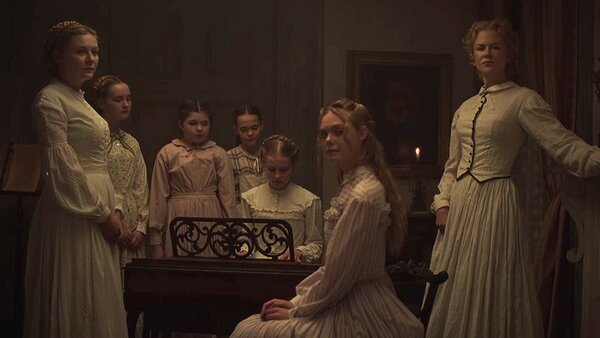
How did you film this movie ?
P.LS : We shot the outdoors scenes an hour and a half outside New Orleans at a lovely historic plantation. When you’re there, you can’t help but think of all the suffering that was endured there. I think that it’s out of respect for that that Sofia didn’t keep the slave character from the 1971 film. The place is treated like a convent, and our initial references went from Gone With the Wind for the historical aspect, to the opening of Roman Polanski’s Tess, for the cinematographic influences.
Sofia films economically. 26 days of shooting, almost always with a single camera, little coverage and no flourishes. No story-board, you’ve almost got to see the actors on set to be able to perfect the set-up, and she always sticks to the essentials. I’d say it’s more similar to the way that Bresson or Haneke work than to a Hollywood film ! She’s also someone who never seeks conflict. Every time there is an unexpected event on set, she tries to find a solution. It’s very pleasant to work with her.
What about the indoor shots ?
P.LS : We shot the indoor scenes in another house in New Orleans, which fit better with the screenplay but which threw me off a bit. I remember Sofia showing me a scene from François Truffaut’s Adèle H in which Isabelle Adjani wore a blue dress against an almost-black background. When I first visited the mansion, I understood that the film was going to be filmed against white walls and that it wouldn’t be possible to correct anything (the owners forbade it). So it was a challenge for me to separate the actors from the backgrounds by taking advantage of the high ceilings to adjust my lighting.
Another choice I had to make was the colorimetric balance between the full moon - which by cinematographic convention is blue - and the very warm candlelight interiors. I always have an aesthetic problem going from one to the other, and in some scenes, the two mixed through the windows. That’s why I ended up warming the full-moon effect and gradually moved away from moonlight to 5,500 K.
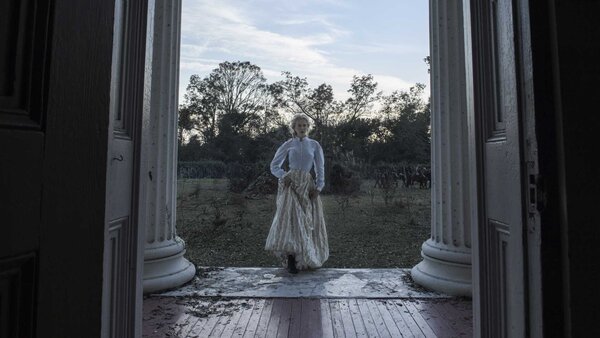
The Beguiled was shot in 35mm. Was that your choice ?
P.LS : That was Sofia’s choice. She had to fight with production to get them to accept 35mm. Not only for budgetary reasons, but especially because they were nervous about having to film a lot of night-time candlelight scenes.
The historical context of shortages of goods meant that candles would have been luxury products at the time, and this was in total contradiction with this type of decision. So I tried to light the sets as little as possible, concentrating mainly on the faces with very soft light sources.
Why did you choose the 1.66:1 format ?
P.LS : The choice of 1.66, which has almost entirely disappeared from today’s cinema, was our way of translating the feeling of being trapped in the boarding school. This is a sensation you find in Ozu’s films, for example, and that allows the full shots to capture both the hands and the faces without being very wide.
Another important aspect of this movie’s photography relies on the way we worked with out-of-focus backgrounds, which were inspired by the unique style of late-19th century Petzval lenses. Julia Margaret Cameron and Edward Steichen’s photos used this type of lens, and this was one of our sources of inspiration. In order to approximate those results, I had Panavision’s lens department create a sort of close-up filter that could be attached over the lenses with a magnetic ring and that allowed me to get the particular blur effect I was looking for.
What primary lenses did you use ?
P.LS : I used a combination of Cooke S2 and Panavision Ultra Speed lenses. Guy Mc Vicker and his team at Panavision helped me to prepare and assemble the two series of lenses in terms of flare and sharpness. I often used the 50mm lens with a 1.1 aperture and the 35mm lens with a 1.4 aperture at night.
The quality of image you get with 35mm film and its texture are something I feel are unique on this project. But I don’t want to make this about nostalgia. Some great cinematographers, such as Roger Deakins, have made the transition to digital with a great deal of talent and enthusiasm. But for me, 35mm remains a tool and must be chosen (or not) in function of the project. Filming The Beguiled in digital would have produced a very different result.
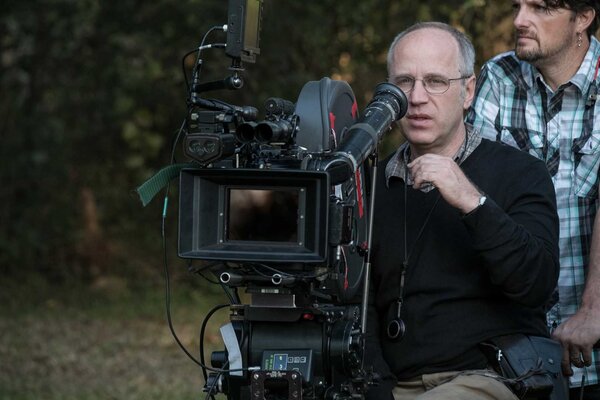
How did you verify your work ?
P.LS : A detail that is important, whether you are working on an advertisement or on a fiction with her, is that Sofia Coppola never looks at the video feedback and never uses a monitor. She entirely trusts the camera operator (me, on this film) and the focus-puller on each take, as she wants to focus mostly on the actors. This method allows us to gain a lot of time on set, especially when you know how overrun with monitors modern sets can be.
As for the dailies, Fotokem Labs has devised a very modern and efficient process. Our spools were sent to their LA lab every day, developed overnight, and immediately scanned in 2K. Over the network, I would then receive a series of Keyframes of each scene I could watch the next morning on an iPad supplied by Fotokem. The device was outfitted with a simple home colour grading interface and so I could send the colour grader my intentions on a daily basis, and who would send us back colour timed dailies that evening. Sofia could then watch them on a high definition screen in a 2K screening room we’d set up nearby.
From left to right and from top to bottom : Addison Riecke, Elle Fanning, Emma Howard, Angourie Rice, Kirsten Dunst, Sofia Coppola, Oona Laurence, and Nicole Kidman - Photo Ben Rothstein / Focus Features
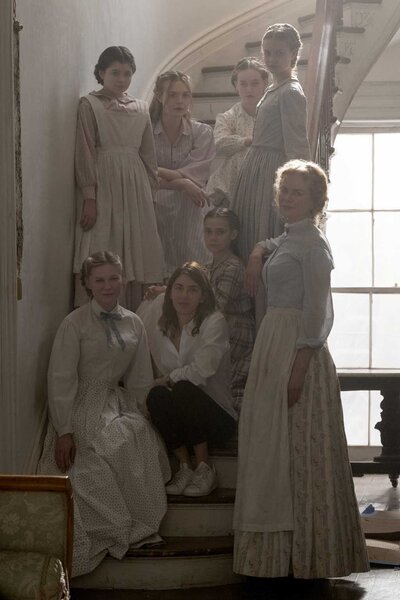
What were your choices in terms of lighting ?
P.LS : My approach to lighting was very classic. Gelatinized Dinolights diffused in ¾ blue and 18 kW Fresnel HMIs set up outside for daylight. For indoor night shots, I used Kino LEDs that were highly diffused through cotton fabric. These spots are extremely valuable to me, because you can adjust their intensity and colour so quickly. This is one of the undeniable advantages modern LED equipment has over fluorescent lighting.
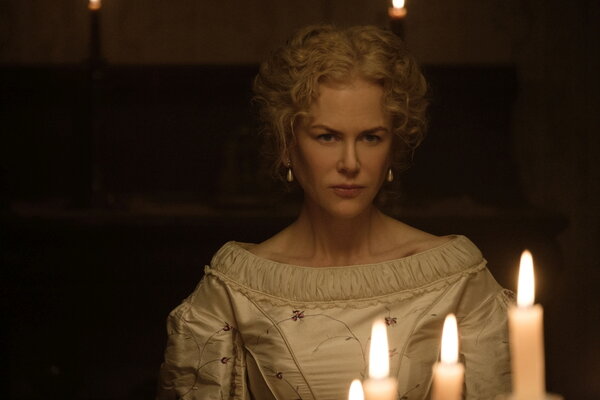
Will the film be screened in 35mm ?
P.LS : There will be a film copy of The Beguiled. But it won’t be ready in time. Sound postproduction will be over just before the Festival, and so we couldn’t meet the deadlines for subtitling. This is why the film will be screened digitally.
(Interview conducted by François Reumont, and translated from French by Alexander Baron-Raiffe on behalf of the AFC)
 En
En Fr
Fr
